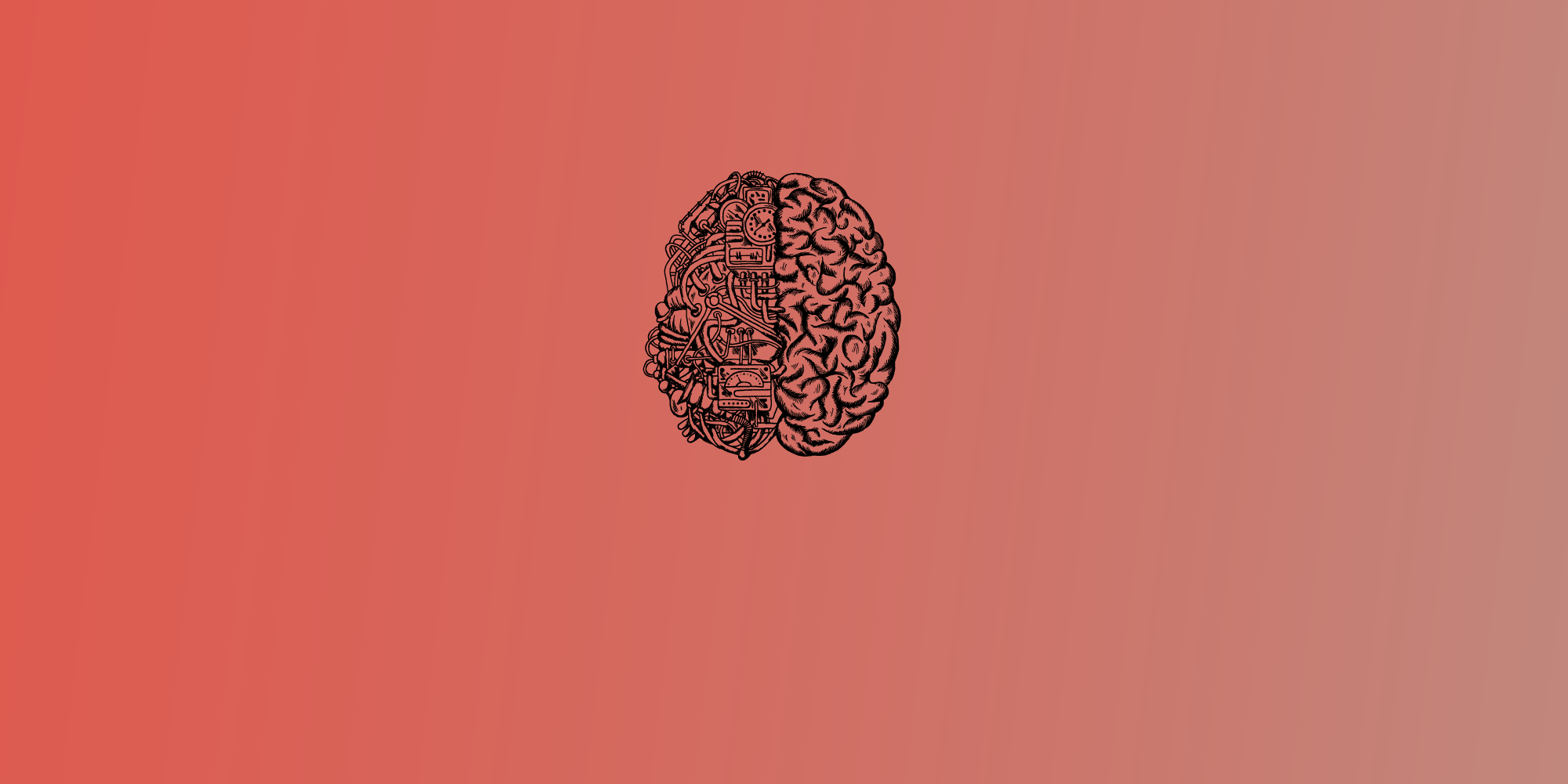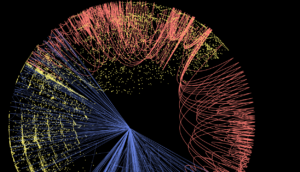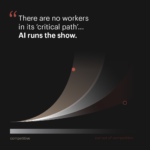
post
June 1, 2020
Is the Brain a Useful Model for Artificial Intelligence? | WIRED
We try to mimic biology in many disciplines, but how does this apply to intelligence?
For decades, some AI scientists have been trying to replicate the brain with their work. In a recent article by WIRED, neuroscientist Kelly Clancy suggests that it may be beneficial to stray from this idea:
“What computer scientists and neuroscientists are after is a universal theory of intelligence—a set of principles that holds true both in tissue and in silicon. What they have instead is a muddle of details.
Part of the problem is something the writer Lewis Carroll put his finger on more than a century ago. Carroll imagined a nation so obsessed with cartographic detail that it kept expanding the scale of its maps—6 yards to the mile, 100 yards to the mile, and finally a mile to the mile. A map the size of an entire country is impressive, certainly, but what does it teach you? Even if neuroscientists can re-create intelligence by faithfully simulating every molecule in the brain, they won’t have found the underlying principles of cognition. As the physicist Richard Feynman famously asserted, “What I cannot create, I do not understand.” To which Markram and his fellow cartographers might add: “And what I can create, I do not necessarily understand.”
It’s possible that AI models don’t need to mimic the brain at all. Airplanes fly despite bearing little resemblance to birds. Yet it seems likely that the fastest way to understand intelligence is to learn principles from biology. This doesn’t stop at the brain: Evolution’s blind design has struck on brilliant solutions across the whole of nature. Our greatest minds are currently hard at work against the dim almost-intelligence of a virus, its genius borrowed from the reproductive machinery of our cells like the moon borrows light from the sun. Still, it’s crucial to remember, as we catalog the details of how intelligence is implemented in the brain, that we’re describing the emperor’s clothes in the absence of the emperor. We promise ourselves, however, that we’ll know him when we see him—no matter what he’s wearing.”
Read the full article.
Stay up to date
Latest Articles




